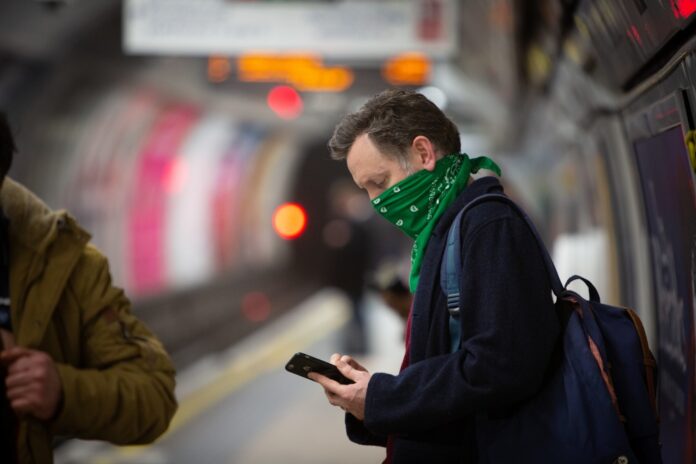Fibre optic express is moving along London underground
Infrastructure firm BAI Communications (BAI) has completed the first leg of its of fibre optics journey across the London Underground as it builds a 5G-ready backbone. The fibre optic express is travelling from Canning Town in the East of London on the Jubilee line and has reached Westminster, in central London, the tube stop for Britain’s Houses of Parliament.
Some early adopters have been impressed. “I can confirm I got full whack 4G couple of weeks ago when I went to [trade show] BETT. I am with EE and got well over 200 meg on speed tests!!” said Sam Perry, on an ISP Review comment section. However, to date only users of BT EE and Three UK can use the link. [Update] Pilot services with Vodafone and Virgin Media O2 (VMO2) will continue while the two operators are in discussions with BAI on access agreements for permanent services.
In June 2021 Transport for London announced the award of a 20-year concession deal to global mobile infrastructure firm BAI to build a fibre optic network and wholesale it to the mobile network operators (MNOs). The objective is to line every track with fibre before 2025, so that passengers on trains and platforms can get 5G. Over 2,000 kilometres of cabling need to be laid and linked up.
The deal followed a successful trial on the eastern limb of the network, where the Jubilee Line was embued with neutral host distributed antenna systems (DASs) that are now supported by hundreds of kilometres of fibre optic cable laid in tunnels for data capacity. All four MNOs took part in that trial, but so far only EE and Three UK have reached an agreement on using the final network.
There is now good mobile coverage between Westminster and Canning Town. The cable’s journey has gone into the Elizabeth line (which isn’t serving any train passengers yet) and at tourist hot spots Oxford Circus and Tottenham Court Road, financial services commuter hub Bank and northern rail hub Euston station and fashionable Camden Town. All are expected to arrive by the end of 2022.
“We’re pleased to announce this first major delivery milestone on our journey to transform London’s connectivity,” said Billy D’Arcy, CEO of BAI Communications UK, “Customers of our launch partners, Three and EE, will be able to enjoy permanent access to uninterrupted mobile connectivity whilst travelling on the eastern Jubilee Line. This will provide a massive boost to the passenger experience.”
“It’s great that following our successful pilot over the last two years, BAI Communications will now be permanently providing 4G coverage to the eastern section of the Jubilee line,” said TfL CTO Shashi Verma, “we look forward to coverage being extended to more stations and tunnels in the coming years, which will provide greater connectivity to customers and support London’s economic recovery.”
Vodafone is running late, as it said in 2021 that it expected to sign-up to the new mobile network in January 2022. ISP Review telecoms engineer Mark Jackson predicted that users should “expect O2 to follow at some point, although they haven’t yet broadcast a solid expectation”. Vodafone and VM-O2 are still active on the original pilot service and said to be continuing their discussions with BAI on access agreements.


